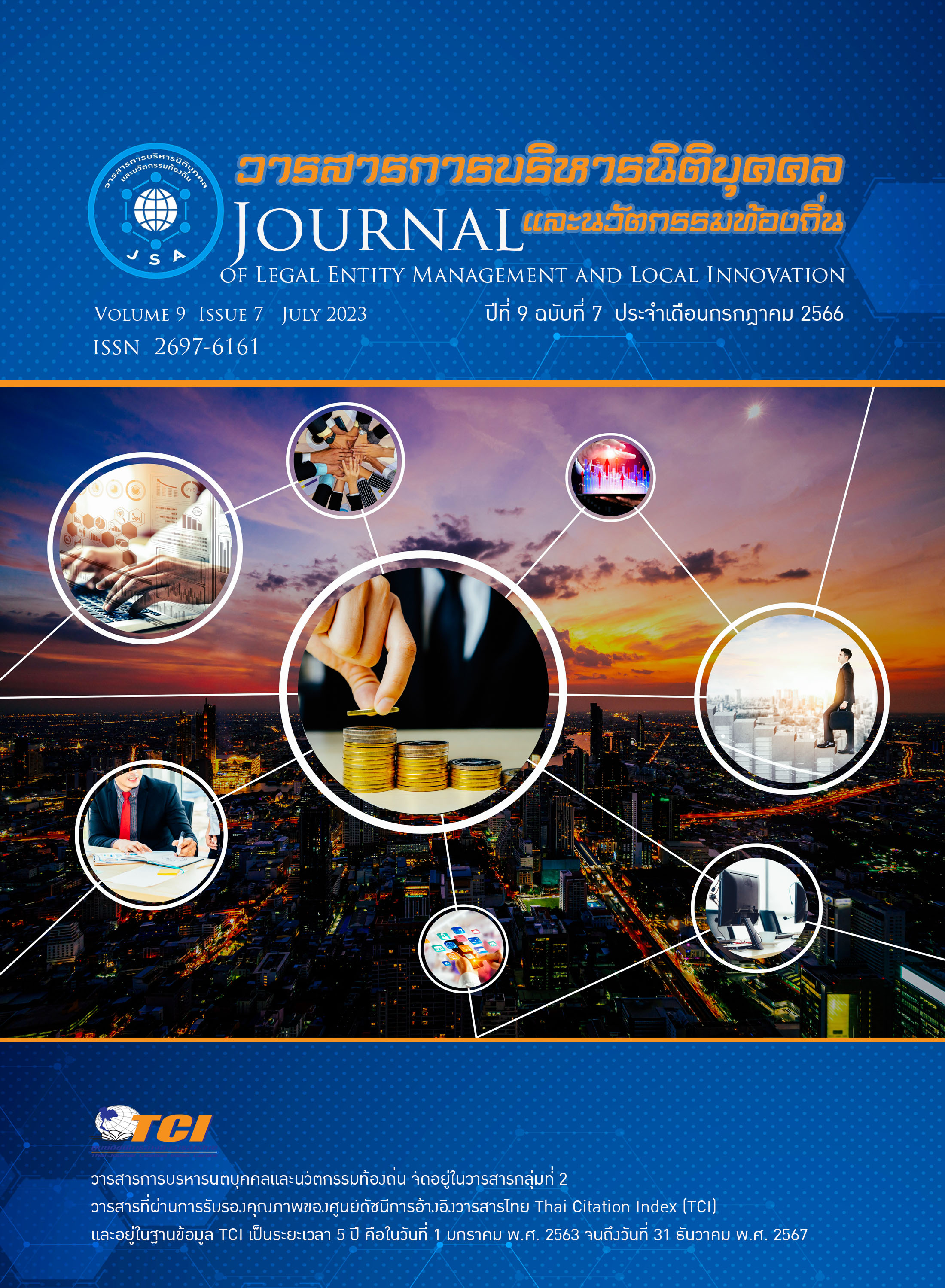Capacity Building Model for Tourism Development of Noen Maprang District, Phitsanulok Province
Keywords:
Capacity Building, Tourism, Noen Maprang DistrictAbstract
The objectives of this research were (1) to investigate the capacity level for tourism management in Noen Maprang District, Phitsanulok Province, (2) to analyze key components to capacity building for tourism management in Noen Maprang District Phitsanulok Province and (3) to propose a capacity building model for tourism management of Noen Maprang District, Phitsanulok Province. This study used mixed methods research, which was conducted through survey research using an observation and interview with 23 local actors. Data were collected by distributing copies of questionnaires to the sample of 400 local people in Noen Maprang District and a focus group discussion of 10 people in order to find a guideline and analyze data on capacity building management that is practically feasible. The results of the research revealed that (1) There are 46 tourist attractions in Noen Maprang District, most of which (55 %) are natural tourist attractions. Most of the respondents (88.0 %) had the highest level of their expectations that other government sector was the sector that should in charge of capacity building for tourism management, followed by local administrative organizations at all levels. They had the lowest level of expectation of community members (3.7 %). (2) Overall key components to capacity building for tourism management was at a moderate level (mean = 2.97). When individual aspects were considered, an aspect with the highest mean was tourism resources (mean = 3.68). An aspect with the lowest mean was tourism community products (mean = 3.10). (3) From SWOT analysis and the TOWS matrix synthesis, key components to strategic success factors in managing the capacity building in tourism were determined to be used to develop strategy model or important components that are suitable for practical implementation in 7 areas. They could be determined in order of need for implementation from the research results, namely, community participation; support capacity, service to tourists, tourism management, tourism community products, tourism activities and process, and tourism resources.


